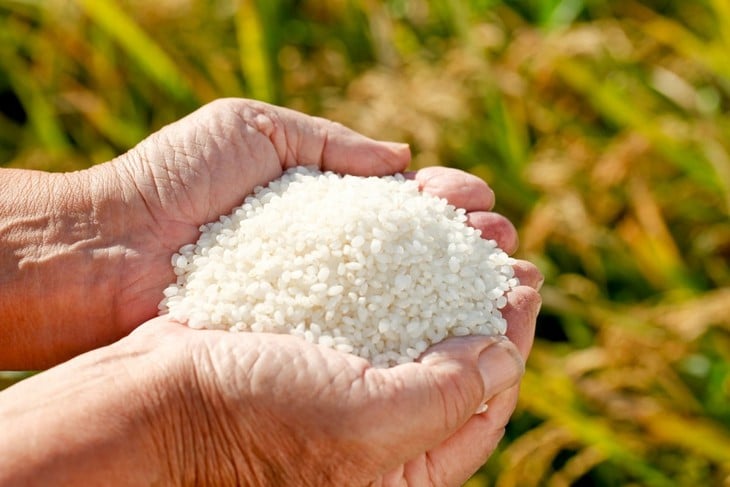
Rice is an indispensable food for many Vietnamese people - Illustration photo
Rice comes in many varieties, with different colors, grain lengths, flavors, and textures. Nutritional quality varies depending on the type of rice, the growing environment (soil quality, time of harvest), and the milling and processing methods.
Which types of rice are the healthiest?
According to a post on Health.com, if you want to choose a type of rice with higher nutritional value, prioritize whole grain rice such as brown rice. Whole grain rice is not milled or processed much, so it often retains higher nutritional value.
White rice may be a better choice if you need a carbohydrate that will quickly raise your blood sugar, such as before or during intense physical activity. It all depends on your specific goals.
Brown rice
Brown rice is a whole grain. Half a cup of cooked medium-grain brown rice (98 grams) provides 109 calories, 23 grams of carbohydrates, 2.3 grams of protein, and 1.8 grams of fiber. Brown rice is also rich in B vitamins, magnesium, and zinc.
Brown rice has a lower glycemic index. Foods with a low glycemic index raise blood sugar levels more slowly than foods with a high glycemic index.
This makes brown rice a better choice for blood sugar control as part of a balanced diet, but specific evidence for this benefit is limited.
Brown rice also contains more arsenic than white rice. The outer layer of the rice grain contains arsenic, and this layer is removed during the milling process to create white rice. Arsenic is a toxic metal, but acute poisoning only occurs with high exposure.
However, long-term exposure to low doses of arsenic through food and drinking water may also pose health risks, such as increased risk of diabetes.
Black rice
Black rice is rich in antioxidants, primarily anthocyanins. Anthocyanins give this rice its purple to black color. Consuming more anthocyanins through the diet may contribute to improved blood sugar and blood lipid levels, as well as a reduced risk of cardiovascular disease.
Half a cup (82 grams) of cooked black rice provides 82 calories, 17.2 grams of carbohydrates, 3.3 grams of protein and 1.5 grams of fiber.
Black rice also contains B vitamins, magnesium, zinc, and selenium. The milling process can significantly reduce the vitamin, mineral, and antioxidant content of black rice. Choose whole grain or lightly milled black rice for higher antioxidant content.
Red rice
Red rice is commonly consumed in countries such as Thailand, southern France and Bhutan.
This rice has a similar flavor and aroma to Indian basmati rice. Red and purple rice also get their distinctive color from anthocyanins, with darker colors typically indicating higher levels of anthocyanin antioxidants.
Half a cup of cooked red rice contains about 92 calories, 19 grams of carbohydrates, 2.1 grams of protein and less than 1 gram of fiber.
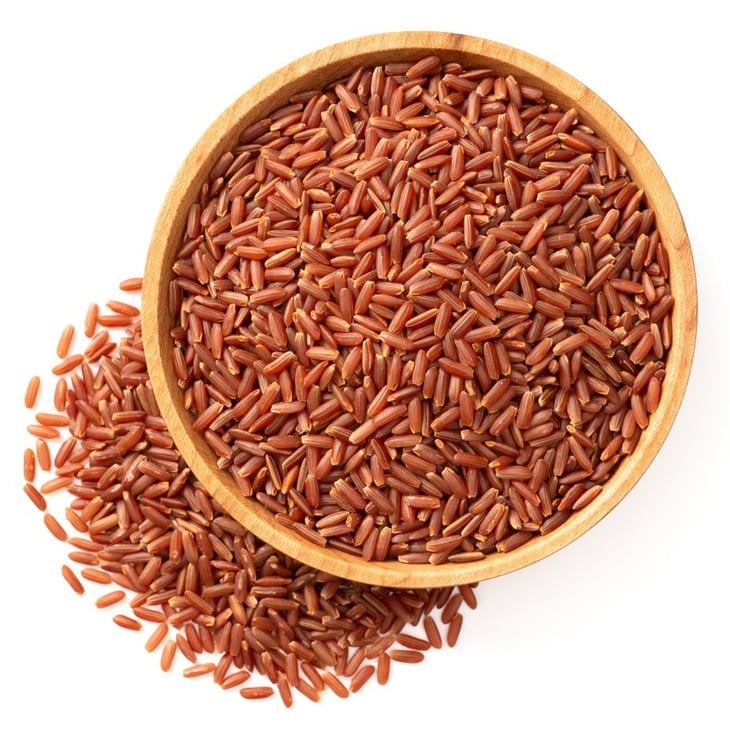
Brown rice is increasingly used because it has a lower glycemic index - Illustration photo
Purple rice
Similar to black and red rice, purple rice is a rich source of the antioxidant anthocyanin. However, purple rice has a sweeter taste.
Half a cup of cooked purple rice contains about 90 calories, 19 grams of carbohydrates, 2 grams of protein, and 1 gram of fiber.
A small study found that cakes made from purple rice caused a lower rise in blood sugar than cakes made from a type of white rice.
However, there was no significant difference between white bread and bread made with purple rice. This study also included only 16 participants. More research is needed to better understand the effects of purple rice on blood sugar.
White rice
Half a cup of cooked white rice (93 grams) contains 121 calories, 26.6 grams of carbohydrates, 2.2 grams of protein, and 0.2 grams of fiber. White rice is the milled version of brown rice. This process reduces the vitamin and mineral content of the rice.
White rice is low in fiber and has a high glycemic index. One study looked at short-grain, long-grain, medium-grain, and long-grain whole-grain white rice. Of the four, short-grain white rice caused the highest rise in blood sugar, while long-grain whole-grain rice caused the lowest rise.
How to use white rice?
Foods with a high glycemic index are not ideal foods for people with high blood sugar levels or diabetes.
A high glycemic index can be beneficial in certain situations, such as eating rice cakes which are popular in cycling races because they are an easily digestible carbohydrate, which rapidly increases blood sugar levels and provides instant energy.
Source: https://tuoitre.vn/gia-tri-dinh-duong-cua-cac-loai-gao-the-nao-chon-loai-nao-la-tot-cho-suc-khoe-20250518100320729.htm








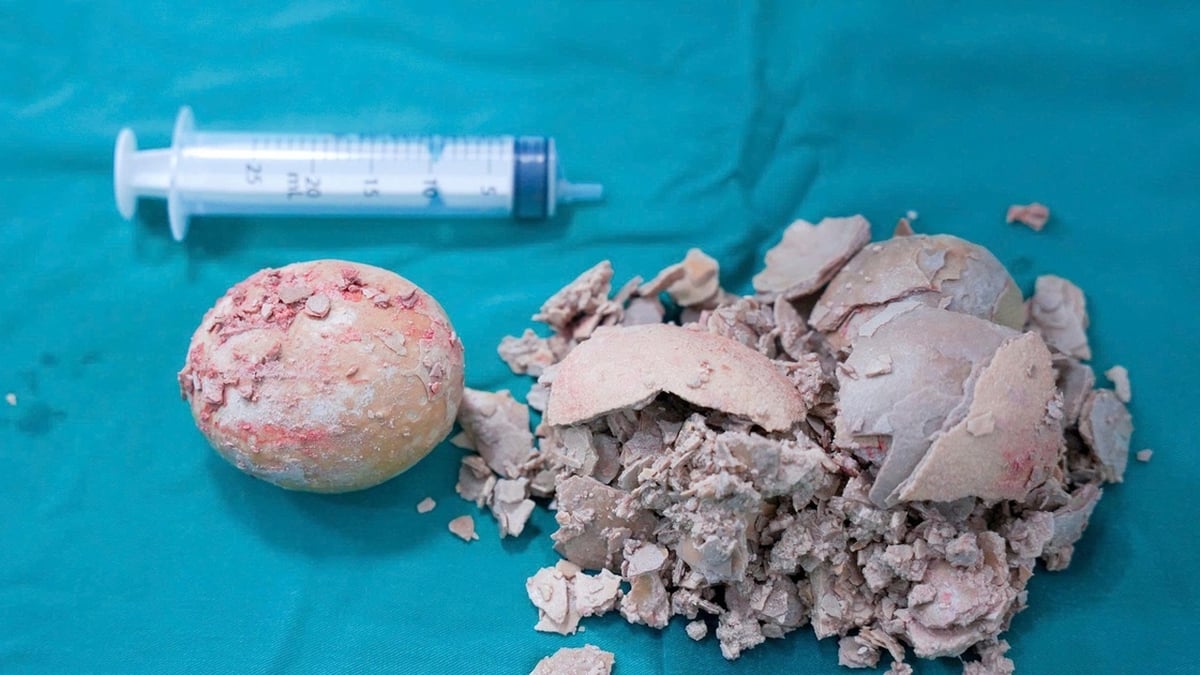
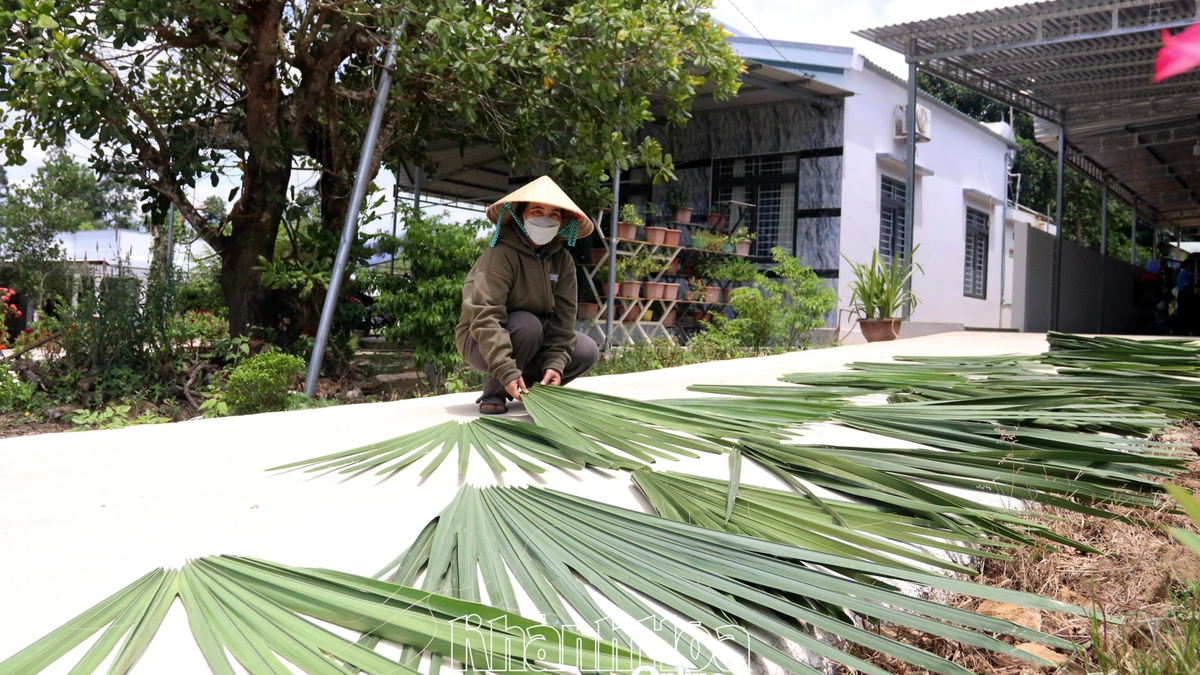









































![[Maritime News] More than 80% of global container shipping capacity is in the hands of MSC and major shipping alliances](https://vphoto.vietnam.vn/thumb/402x226/vietnam/resource/IMAGE/2025/7/16/6b4d586c984b4cbf8c5680352b9eaeb0)












































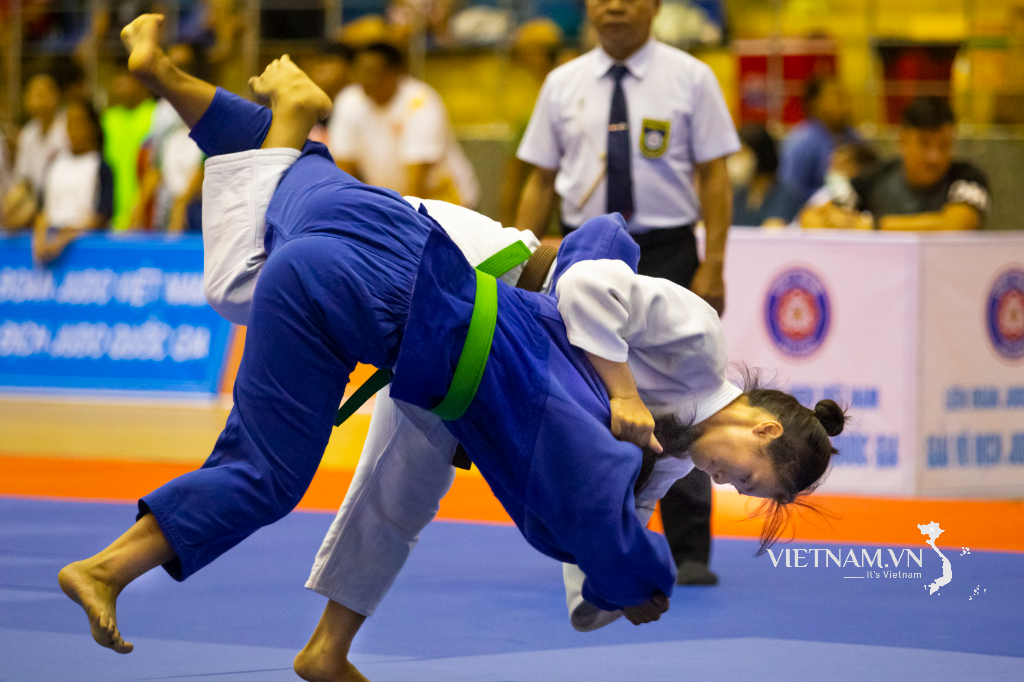
Comment (0)